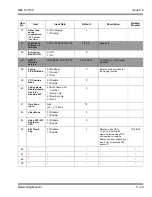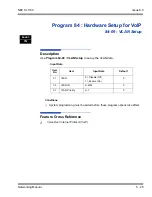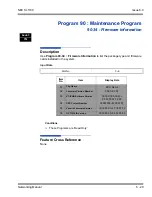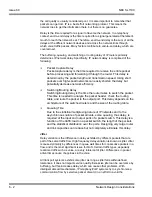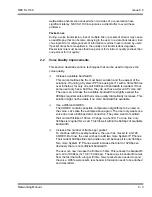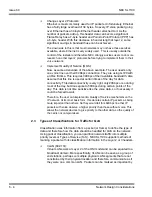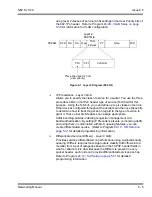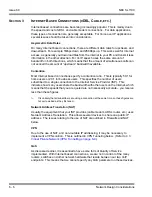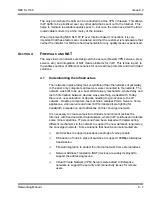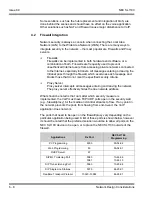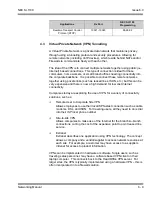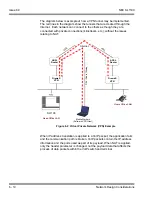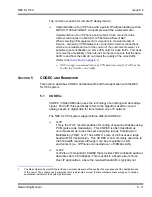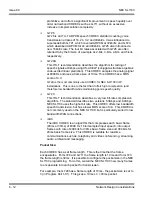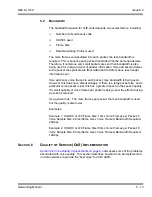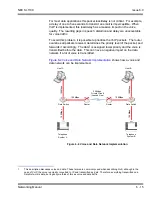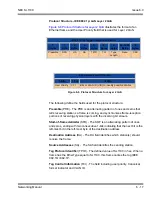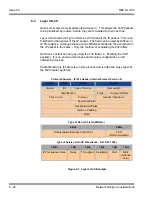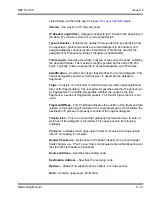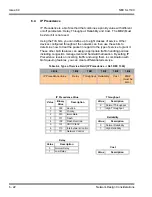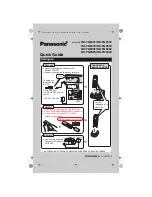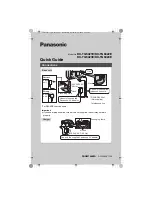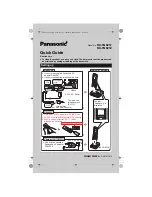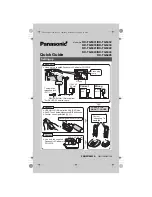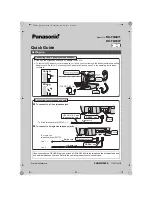
NEC SL1100
Issue 6.0
Networking Manual
6 - 7
The only point where the QoS can be controlled is at the VPN or firewall. This allows
VoIP traffic to be prioritized over any other data that is sent out to the Internet. This
helps to maintain reasonable quality speech – but once the data has exited the local
router/cable modem it is at the mercy of the Internet.
When implementing NEC SL1100 IP over Internet based connections it is very
important that these factors are considered, and that the customer is made aware that
neither the installer nor NEC are held responsible for any quality issues experienced.
S
ECTION
4
F
IREWALLS
AND
NAT
The ways in which networks are designed to be secure (firewall, VPN services, proxy
servers, etc.) and integration of NAT create problems for VoIP. This is due in part, to
the endless number of different scenarios for non-real time protocols and their limited
solutions.
4.1
Understanding the Infrastructure
The networks in place today look very different than the networks of yesterday.
In the past, only computers and servers were connected to the network. The
network was built to be as a best effort delivery mechanism, where delay and
lost of information between devices was something we dealt with. Today,
there is an over saturation of devices needing to gain access to the IP
network. Desktop computers, fax machines, wireless PDAs, Servers, home
appliances, video servers and now VoIP terminals all are fighting for
bandwidth, precedence, and addresses on this converged network.
It is necessary to create some kind of Intranet environment (across the
Internet), with fixed network characteristics, where VoIP solutions can tolerate
some minor variations. IT personnel have been tasked with implementing
different mechanisms in the network to support the new demands required on
the converged network. Some solutions that have been implemented are:
QoS devices to support precedence settings of voice packets.
Elimination of hubs in place of switches to support 100Mbps full-duplex
transmission.
Firewall integration to protect the internal network from external attack.
Network Address Translation (NAT) devices are widely deployed to
support the addressing issues.
Virtual Private Network (VPN) Servers were added to Enterprise
networks to support the security and connectivity issues for remote
users.
Summary of Contents for SL1100
Page 1: ...Networking Manual NDA 31190 Issue 6 0 SL1100...
Page 2: ......
Page 4: ......
Page 22: ...Issue 6 0 NEC SL1100 1 2 Introduction THIS PAGE INTENTIONALLY LEFT BLANK...
Page 62: ...Issue 6 0 NEC SL1100 5 30 Programming THIS PAGE INTENTIONALLY LEFT BLANK...
Page 94: ...Issue 6 0 NEC SL1100 6 32 Network Design Considerations THIS PAGE INTENTIONALLY LEFT BLANK...
Page 134: ...Issue 6 0 NEC SL1100 8 10 DHCP Client THIS PAGE INTENTIONALLY LEFT BLANK...
Page 159: ...NEC SL1100 Issue 6 0 Networking Manual 9 25 Figure 9 7 Log In to IP Phone...
Page 181: ...NEC SL1100 Issue 6 0 Networking Manual 9 47 Figure 9 25 IP System Operation Setup...
Page 206: ...Issue 6 0 NEC SL1100 9 72 IP Multiline Station SIP Figure 9 36 NAPT Configuration Example...
Page 230: ...Issue 6 0 NEC SL1100 10 18 IP Single Line Telephone THIS PAGE INTENTIONALLY LEFT BLANK...
Page 232: ...Issue 6 0 NEC SL1100 11 2 NAPT Figure 11 1 NAPT Configuration Example...
Page 242: ...Issue 6 0 NEC SL1100 12 4 All DSP Busy Indication THIS PAGE INTENTIONALLY LEFT BLANK...
Page 290: ...Issue 6 0 NEC SL1100 13 48 SL Net THIS PAGE INTENTIONALLY LEFT BLANK...
Page 291: ......
Page 292: ...SL1100 Networking Manual NEC Corporation of America Issue 6 0...

